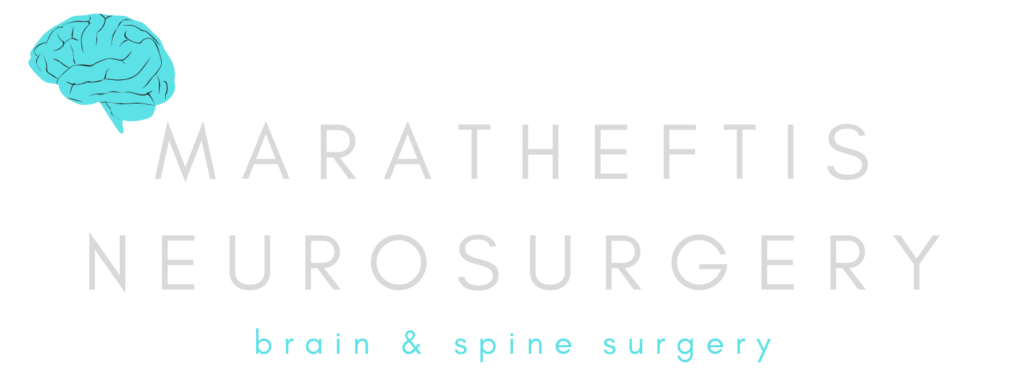Craniotomy in an awake patient

For several years now, with the great progress in anaesthesiology, neurophysiology and neurosurgery, it has been possible, and extremely beneficial for the patient in certain surgical procedures, to perform brain surgery without general anaesthesia. This is technically possible, because of a truly spectacular event: The brain itself does not “feel” anything! So what this means […]
Intracerebral hematoma (contusion)
Post-traumatic intracerebral hematoma occurs following TBI. It may not be accompanied by a skull fracture. Its diagnosis is made by CT. Clinically, the patient presents with neurological symptoms such as disturbances of the level of consciousness, peritraumatic amnesia, disorientation, agitation, drowsiness, weakness of one side of the body, and other symptoms. If the contusion is […]
Skull fractures
Skull fractures occur following a head injury and are diagnosed by a simple skull x-ray. Following that, a cerebral CT scan should always be performed, in order to rule out the coexistence of hematoma under the skull, which can put pressure on the brain and be life-threatening for the patient. If there is no […]
Epidural hematoma
This is a hematoma that forms under the bones of the skull, including the meninges of the brain. These hematomas usually occur following a fracture of the skull bones and are usually due to bleeding of the arteries running between the meninges and the bone, in the fracture area. The diagnosis is made by […]
Acute subdural hematoma
Unlike the chronic subdural hematoma, acute subdural hematoma is a very severe condition with approx. 50% mortality. It is commonly seen in severe traumatic brain injuries and may coexist with other lesions, such as epidural hematoma and intracerebral hemorrhage. Clinically the patient’s neurological picture is poor, and if the hematoma is not removed, the […]
Arteriovenous malformations
Arteriovenous malformations of the brain and spinal cord are classied as a category of diseases that involve the morphology of blood vessels. These are congenital anomalies and may involve arteries, veins, or even small (capillary) vessels. They can be imagined as a tangle of vessels, irregularly intertwined. The vessel wall is often fragile, or there […]

